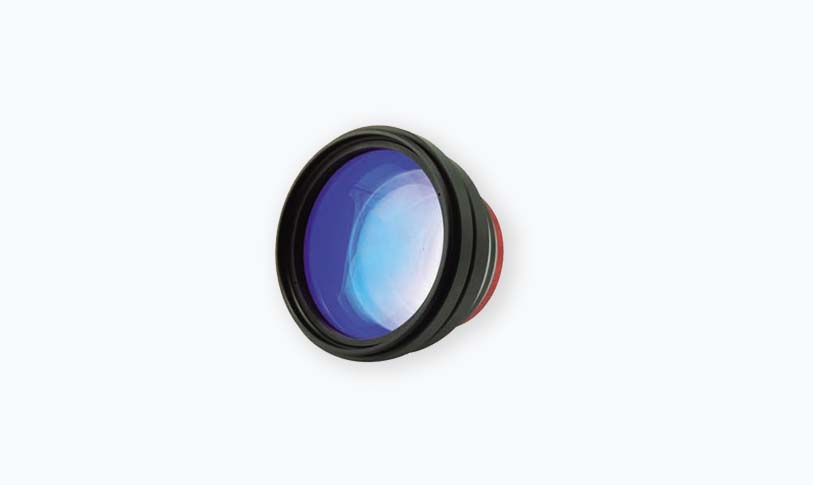****

The Future of Industrial Precision: Exploring the capabilities and advantages of 1000w Fiber Laser Technologies for Manufacturing and Beyond
In the fast-paced world of manufacturing and industrial processes, innovation remains a driving force behind improved efficiency and reduced costs. One such innovation that has taken the industry by storm is the 1000w fiber laser. Utilizing advanced technologies, these high-powered lasers have transformed how companies approach cutting, engraving, welding, and marking various materials. Understanding the mechanics of 1000w fiber lasers and their applications can equip businesses with the knowledge to adopt the most suitable technology for their operations.
What is a 1000w Fiber Laser?
A fiber laser is a type of solid-state laser that uses optical fibers doped with rare earth elements as the gain medium. Compared to CO2 lasers, fiber lasers are more efficient and have longer lifespans. The “1000w” designation refers to the power output of the laser, which indicates its ability to cut and process materials with exceptional precision.

The Future of Industrial Precision: Exploring the capabilities and advantages of 1000w Fiber Laser Technologies for Manufacturing and Beyond
At 1000 watts, fiber lasers can effectively cut through materials like steel, stainless steel, aluminum, brass, and others. This makes them particularly desirable in various industries, including automotive, aerospace, metal fabrication, and signage.
Advantages of 1000w Fiber Lasers

The Future of Industrial Precision: Exploring the capabilities and advantages of 1000w Fiber Laser Technologies for Manufacturing and Beyond
1. **Efficiency and Speed**: One of the most significant advantages of a 1000w fiber laser is its remarkable efficiency. Fiber lasers typically require less power to generate the same amount of output as their CO2 counterparts. As a result, manufacturing processes can be completed more rapidly, allowing businesses to increase output and minimize operational costs.
2. **Precision Cutting**: The focused beam produced by fiber lasers enables precision cutting with minimal heat-affected zones. This capability is critical in applications where fine detailing is necessary. The accuracy of a 1000w fiber laser is beneficial for industries that require high-tolerance parts, as it reduces waste and enhances overall productivity.
3. **Versatility**: 1000w fiber lasers can be used for various applications, including cutting, engraving, and welding. Their adaptability allows manufacturers to switch between tasks seamlessly, helping to optimize workflow while maintaining high quality.
4. **Lower Maintenance**: Fiber lasers are known for their solid-state design which requires less maintenance than traditional laser systems. With fewer moving parts and a robust design, they lead to reduced downtime and lower maintenance costs. This reliability is critical for businesses that rely on consistent production schedules.
5. **Compact Size**: Due to their design, fiber lasers are more compact than CO2 lasers, making them easier to integrate into existing production lines without requiring significant restructuring of the workspace.
Applications of 1000w Fiber Lasers
The versatility of 1000w fiber lasers results in various applications across multiple industries:
– **Metal Fabrication**: Fiber lasers are extensively used in metal fabrication shops for cutting applications. The ability to process various thicknesses of sheet metal quickly and accurately makes them ideal for fabricators looking to meet tight deadlines.
– **Aerospace and Automotive**: In the aerospace and automotive sectors, quality and precision are paramount. Fiber lasers are utilized to cut and weld component parts with tight tolerances, ensuring that the end products meet strict regulatory requirements.
– **Signage**: The advertising and signage industry benefits from the engraving capabilities of fiber lasers. Custom signage can be produced with intricate designs and sharp, clean edges that attract customers’ attention.
– **Medical Equipment Manufacturing**: Precision is critical in the medical field, and 1000w fiber lasers can cut and engrave materials used in medical devices and instruments with exceptional accuracy, enhancing safety and performance.
Future Implications
As industries continue to embrace advanced manufacturing technologies, the demand for 1000w fiber lasers is expected to rise. Technological advancements, such as automation and Industry 4.0, further enhance the role of fiber lasers in manufacturing processes. By integrating these lasers with smart manufacturing solutions, companies can optimize usage, monitor performance, and execute maintenance proactively.
With the global trend leaning toward sustainable practices, 1000w fiber lasers also contribute to reducing the environmental footprint of manufacturing. Their efficiency leads to less energy consumption and less material waste, appealing to businesses aiming for eco-friendly production methods.
Conclusion
The 1000w fiber laser represents a significant advancement in cutting and marking technology, offering numerous advantages that streamline manufacturing processes. With its unmatched precision, efficiency, and versatility, it is not surprising that businesses across various industries are adopting this technology to enhance their operations. Moving forward, as manufacturing continues to evolve, investing in a 1000w fiber laser may prove to be a decisive factor in maintaining competitiveness and achieving operational excellence. Thus, it becomes essential for companies to stay informed about such developments to leverage the transformative potential these technologies offer.c02 fractional laser




